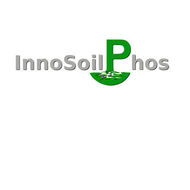Measuring On-Farm Phosphorus Fertiliser Use—Lessons Learned from Surveying Data of Five Regions in Northern Germany (2021)
Winklhofer P., Andert S., Hüttel S., Gerowitt B.
Agronomy, 11 (11), 2123
Abstract
Phosphorus (P) is essential for agriculture; however, local P surpluses can have adverse environmental effects, such as eutrophication. Optimal P fertiliser use, therefore, means balancing these effects. Although P fluxes from soil to plants are key research areas, little is known about on-farm use of P fertilisers. As, typically, not all fields or crops are treated with P annually, the transferability of measurements for other nutrients, such as nitrogen, appears limited. This study aims to close this knowledge gap. On-farm P use was described using the farm records of 50 farms in five regions of northern Germany for the period of 2010 to 2018. All sources for P fertilisation were taken into account as either P mineral, P organic or P total. Two indicators for on-farm P use were suggested: frequency, which gives the percentage of the treated area, and amount, which gives the quantity used per ha of the treated area. The frequency for P total ranged from 55.9% to 93.1% of the total farm area being fertilised. Amounts between 24.8 and 41.6 kg ha−1 P total were applied on the treated area of the farm. The results supported the separation of the quantity and frequency in on-farm P use. No decrease in P use was found during the period investigated. Using mixed models, the results further show that explanatory variables, including the farm characteristics and crop choice, explain the substantial variations in P use. It is recommended for the example of Germany to establish an official digital database for P fertilisers that can be updated professionally and is mandatory for all documentation on P use.